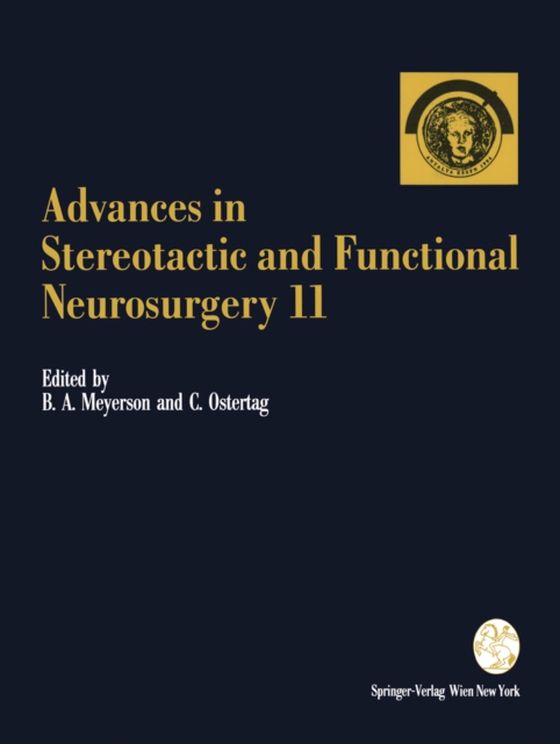
Advances in Stereotactic and Functional Neurosurgery 11 e-bog
436,85 DKK
(inkl. moms 546,06 DKK)
This volume contains selected contributions from the XIth Meeting of the European Society for Stereotactic and Functional Neurosurgery held in September 1994 in Antalyaffurkey. Most of the papers deal with the many therapeutic and technical advancements made in this field of neurosurgery. The emergence of new stereotactic methodologies such as frameless stereotaxy and other forms of neuronaviga...
E-bog
436,85 DKK
Forlag
Springer
Udgivet
6 december 2012
Genrer
MNN
Sprog
English
Format
pdf
Beskyttelse
LCP
ISBN
9783709194195
This volume contains selected contributions from the XIth Meeting of the European Society for Stereotactic and Functional Neurosurgery held in September 1994 in Antalyaffurkey. Most of the papers deal with the many therapeutic and technical advancements made in this field of neurosurgery. The emergence of new stereotactic methodologies such as frameless stereotaxy and other forms of neuronavigation have become an indispensable tool for all types of neurosurgical operations. An increasing number of young neurosurgeons takes an interest in the neurosurgical approaches to the treatment of movement disorders, chronic pain and epilepsy. This is a clear sign ofthe growing awareness of the long neglected fact that these neurosurgical treatments can be offered to large patient populations. Neurotransplantation as a novel treatment of Parkinson's disease has paved the way for the application of this technology for other indications. The pioneering work performed by the late Edward Hitchcock is reviewed here. There is a renewed interest in pallidotomy for dealing with certain forms of Parkinson's disease and certain aspects of this operation are discussed in another paper. Progress in the neurosurgical treatment of pain is dealt with by contributions on refined techniques of percutaneous cordotomy, DREZ operations and critical evaluations of spinal cord stimulation. A novel approach is a report on the experiences of treating cancer pain by intraspinal implantation of chromaffin cells. Several contributions cover the important issues of novel techniques for the study of neural dysfunction, peroperative monitoring with PET, microrecording, magneto-encephalography and other techniques.
 Dansk
Dansk

